
Thirteen collaborators have signed formal agreements with the Transforming Drainage project, and the network of drainage experts and organizations working toward common drainage goals continues to grow. The project annual meeting was organized together with the Agricultural Management Systems Task Force and the NCERA-217 multi-state research and extension activity group, with 70 people attending. Transforming Drainage team members participated in the International Commission on Irrigation and Drainage (ICID) International Meeting in Saskatoon to establish more robust international collaborations, and currently lead the American Society of Agricultural and Biological Engineers (ASABE) Drainage Technical Committee, which promotes engineering standards and research sharing.
New, leveraged funding ($345,000) expanded research and education efforts across the region. Partnership with a NIFA Higher Education Challenge Grant project has engaged new partners at Iowa State University, University of Illinois, Purdue University, and Central State University to develop new educational resources for teaching undergraduate students about drainage practices, including those in the Transforming Drainage Project. Private funding from the North Carolina Corn Growers Association and Foundation for Food and Agriculture Research are supporting project team members in Iowa and North Carolina to extend their research of drainage water management practices.

Field data were collected and uploaded from 23 experimental sites in Year 4. The database currently contains 183 site years of yield data (14% increase from year 3), 186 site-years of tile flow (12% increase), 78 site-years of water table (8% increase), 146 site-years of tile water nitrate-nitrogen concentration (20% increase), 84 site-years of tile water phosphorus concentration (27% increase), and 203 site-years of weather (19% increase) from 42 sites across 8 states. 8 new sites have been added to the project over the last year: 2 with controlled drainage treatment and 6 with saturated buffers.

Research at Purdue University found that controlled drainage reduced annual drain flow and nitrate load by an average of 32% and 34%, respectively, compared to free drainage treatments at our research site in Indiana. This impact was even greater when evaluating daily drain flow, where average reductions were more than 60%. Phosphorus reductions were not significant. (Source)

Saturated Buffer research involving USDA-ARS and Iowa State University synthesized data from sites across Iowa to quantify the performance of the practice in reducing nitrate loads in tile drains and other potential impacts on air quality. This work showed that on average 73 kg of nitrate per year was removed from tile drain water, representing between 8%-84% of the total nitrate load from the tile drain. Also, given the cost of the practice, this equated to a cost of nitrate removal of about $2.49 per kg of nitrate. In regards to air quality, saturated buffers did not increase nitrous oxide emissions and were less than losses coming from cropped fields. (Source 1, Source 2)
Modeling of three sites in northwest Ohio involving project team members from Ohio State University, Purdue University, and USDA-ARS resulted in a paper documenting the projected impacts of climate change on subirrigated corn yields. Using DRAINMOD, authors showed that applying supplemental irrigation through subirrigation in northwest Ohio provided a relative yield benefit of 9% historically (1984-2013). The relative yield benefit of this practice increased to 16% under project future climate conditions (2041-2070), along with projected higher drain flow volumes. (Source)

DRAINMOD was calibrated and validated on a nine-year dataset from the Iowa State University Southeast Research Farm and used to evaluate free, controlled, and shallow drainage treatments. At Purdue University, DRAINMOD was used along with a ten-year dataset to evaluate the relationship between surface ponding conditions and tile drain flow. At North Carolina State University, DRAINMOD capabilities were improved to facilitate use in watershed and regional scale applications.

The Variable Infiltration Capacity (VIC) model was coupled with the Cropsyst model to incorporate crop growth and yield impacts resulting from irrigation. This resulted in a calibrated, coupled VIC-Cropsyst model that could evaluate the impacts of drainage water recycling throughout the region. Based on initial results from Indiana, corn and soybean yields were increased, streamflow conditions downstream were less flashy and average annual discharge was reduced, and nitrate loads were reduced.
Evaluating Drainage Water Recycling Decisions (EDWRD), which is a tool capable of estimating the potential water quality and irrigation benefits resulting from various sizes of water storage in a drainage water recycling system, was released publicly on the Transforming Drainage website. (Source)

The Transforming Drainage Rate Calculator was developed to allow for the consistent and accurate calculation of three drainage rate parameters (drainage coefficient, drainage intensity, Kirkham coefficient) that are important in the research and design of agricultural drainage systems. It will be released publicly in 2019.
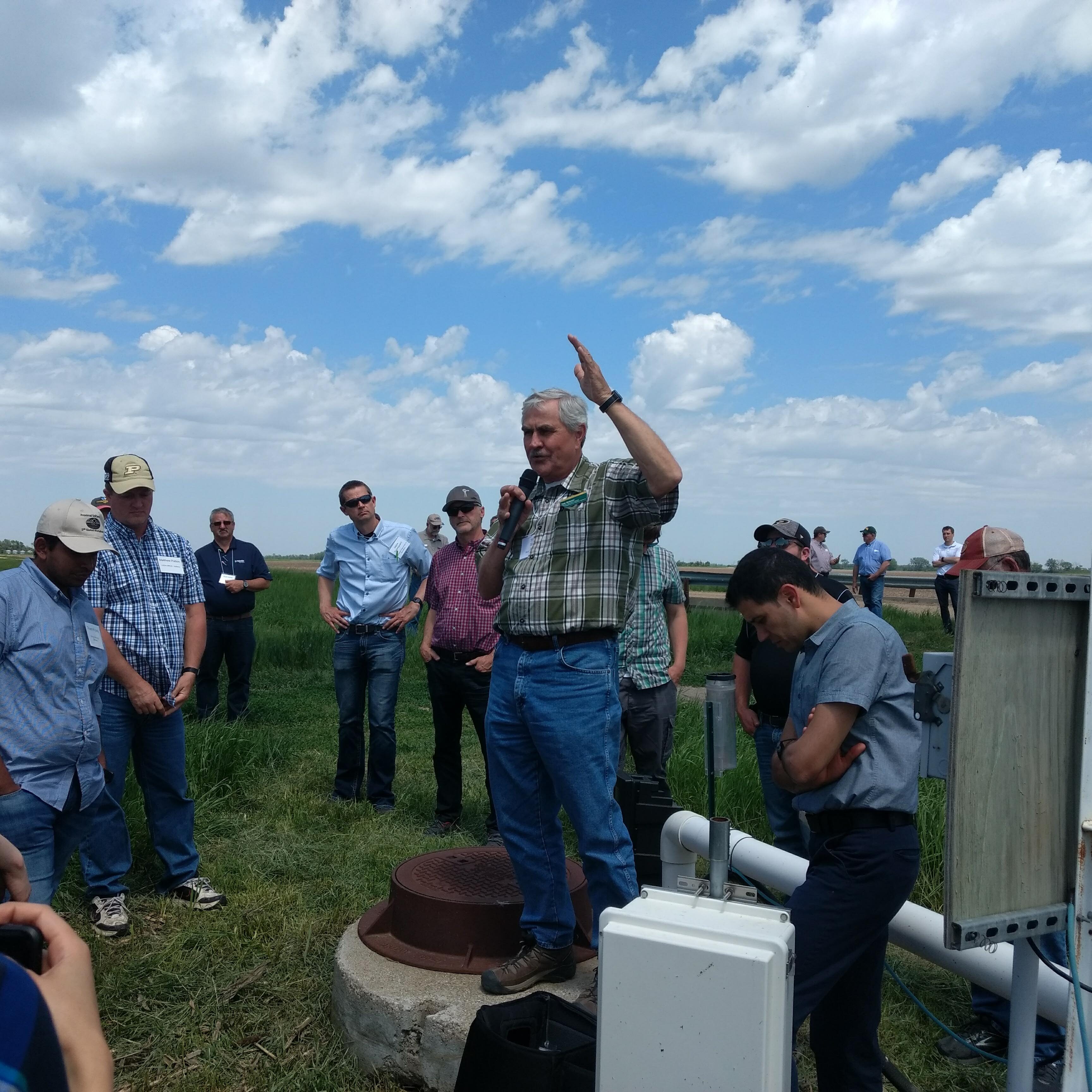
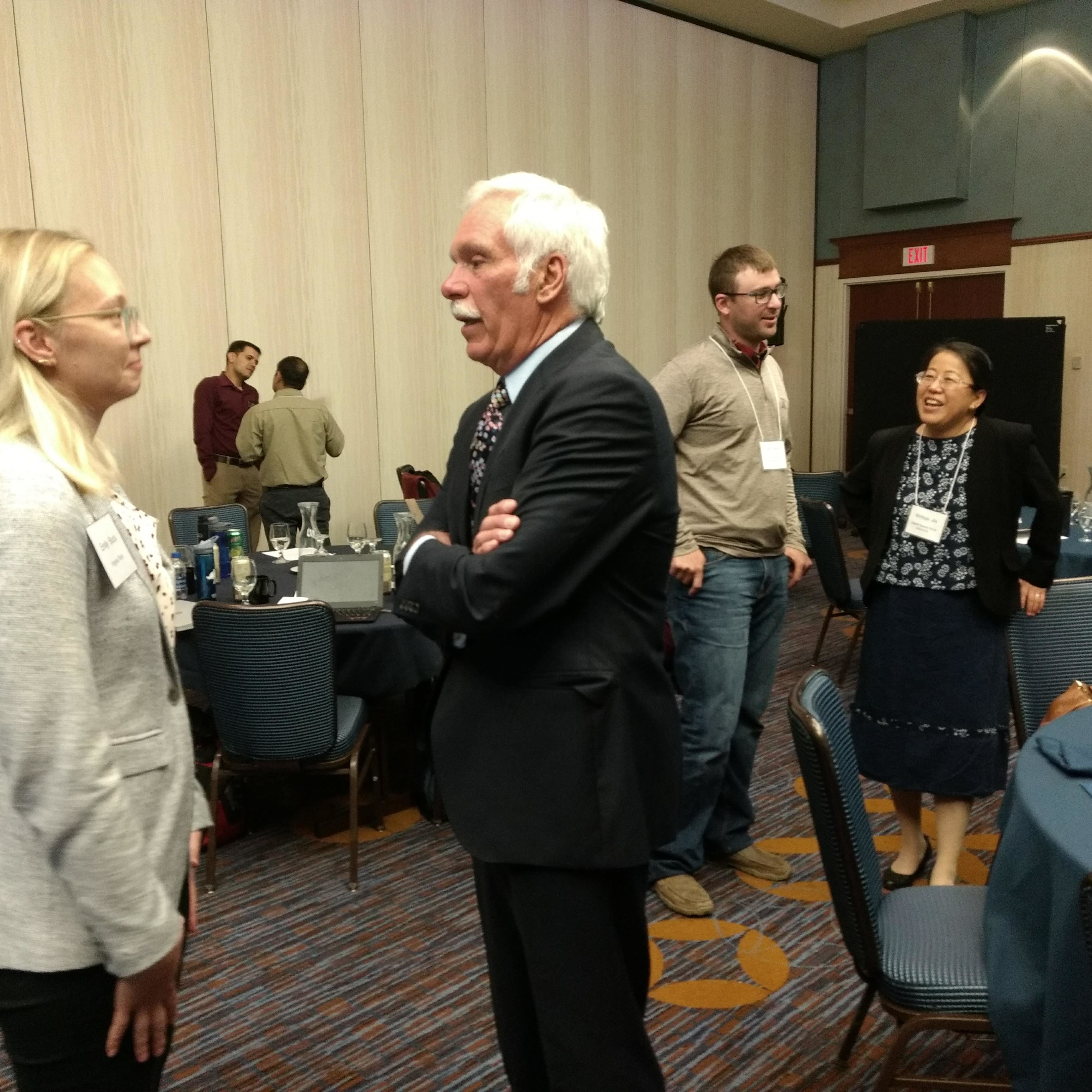
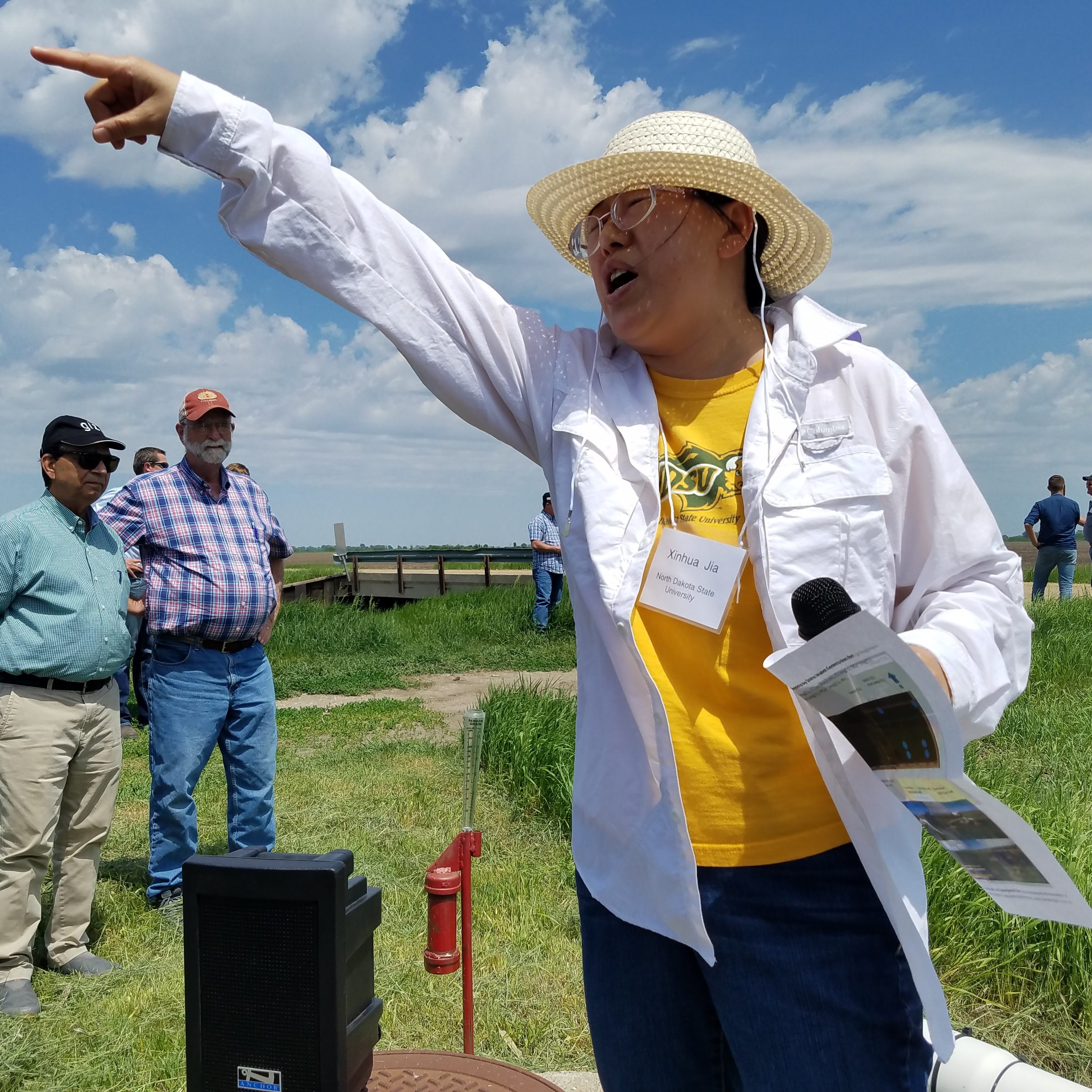
In Missouri, 52 students from Truman State University visited research sites and were taught on the practices of drainage water recycling and controlled drainage. In an additional field event, six high school agriculture education teachers learned about drainage, controlled drainage, and drainage water recycling.
In Minnesota, 20 undergraduate students participated in a field-based learning session which included discussions on drainage irrigation, evapotranspiration and water quality. Also, a laboratory module on soil water content and soil water potential was taught for the second time within the SOIL 2125-Basic Soil Science course.
Students at North Dakota State University were engaged in capstone design projects related to drainage water recycling. Eighty undergraduate students learned about drainage water management practices in courses on Natural Resource Management Systems and Drainage and Wetland Engineering.


Drainage water storage practices and concepts were highlighted in extension events across the Midwest, increasing awareness and knowledge among stakeholders. A total of 36 extension presentations, 5 webinars, and 2 project reports were developed by project team members to extension audiences. These events hosted more the 2,400 agricultural producers and drainage contractors and presented research results highlighting each of the drainage water storage practices; saturated buffers, controlled drainage, and drainage water recycling. Some of the largest events included the Port Industries Field Day (Palmyra, MO) which hosted more than 400 agricultural producers and drainage contractors and featured live demonstrations of installing drainage-subirrigation systems, the Greenley Research Center Field Day (Novelty, MO) which hosted approximately 200 and featured presentations on drainage water management, the Southwest Research and Outreach Center Winter Crops and Soils Day (Lamberton, MN) hosting nearly 150 who learned about opportunities and challenges for supplemental irrigation, and the Purdue Agronomy Center for Research and Education Tile Drainage Installation Field Day (West Lafayette, IN) where 100 drainage contractors discussed making drainage decisions for tomorrow's agriculture.
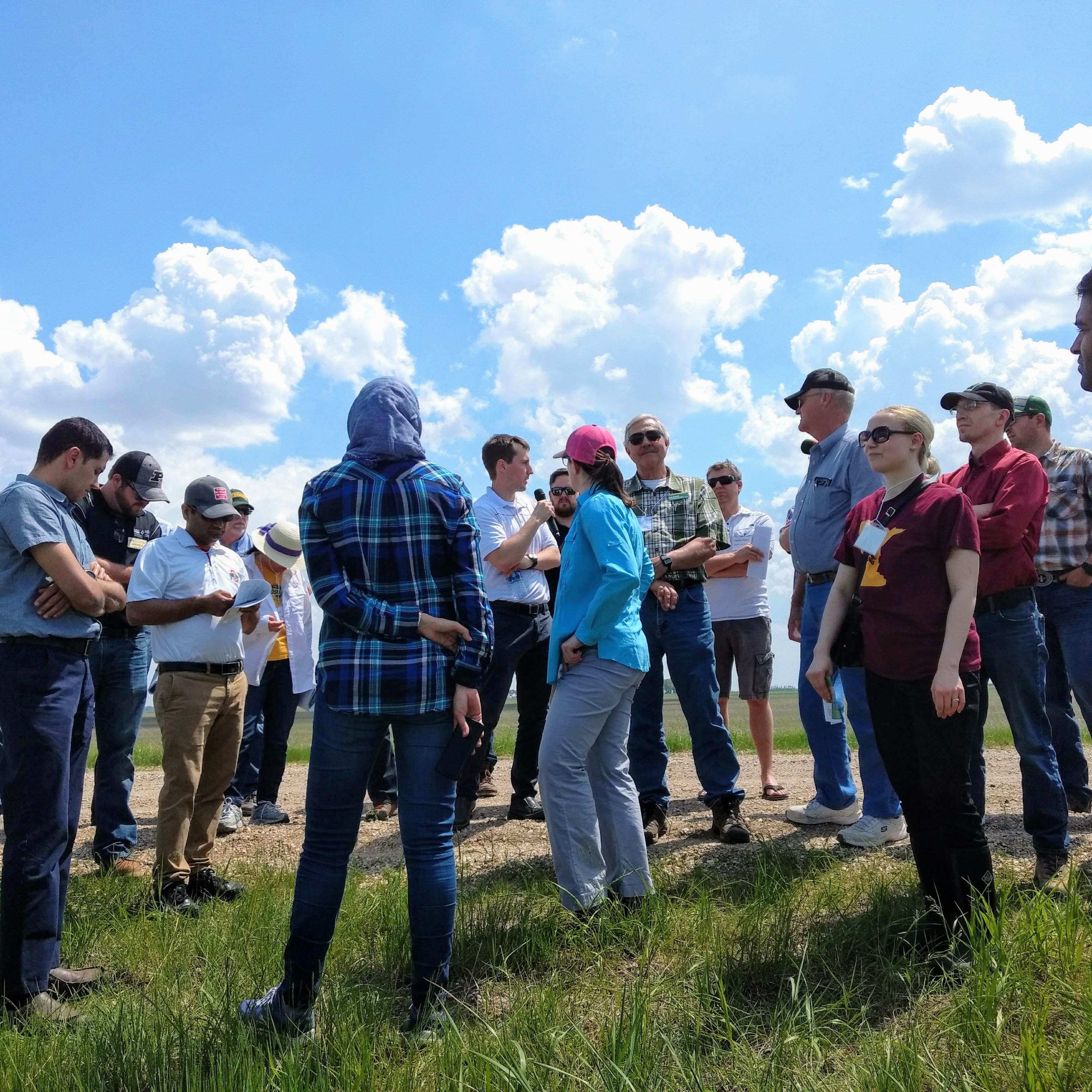
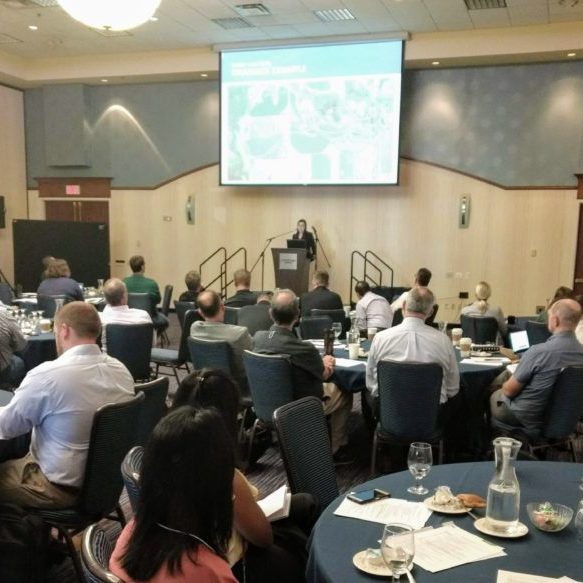
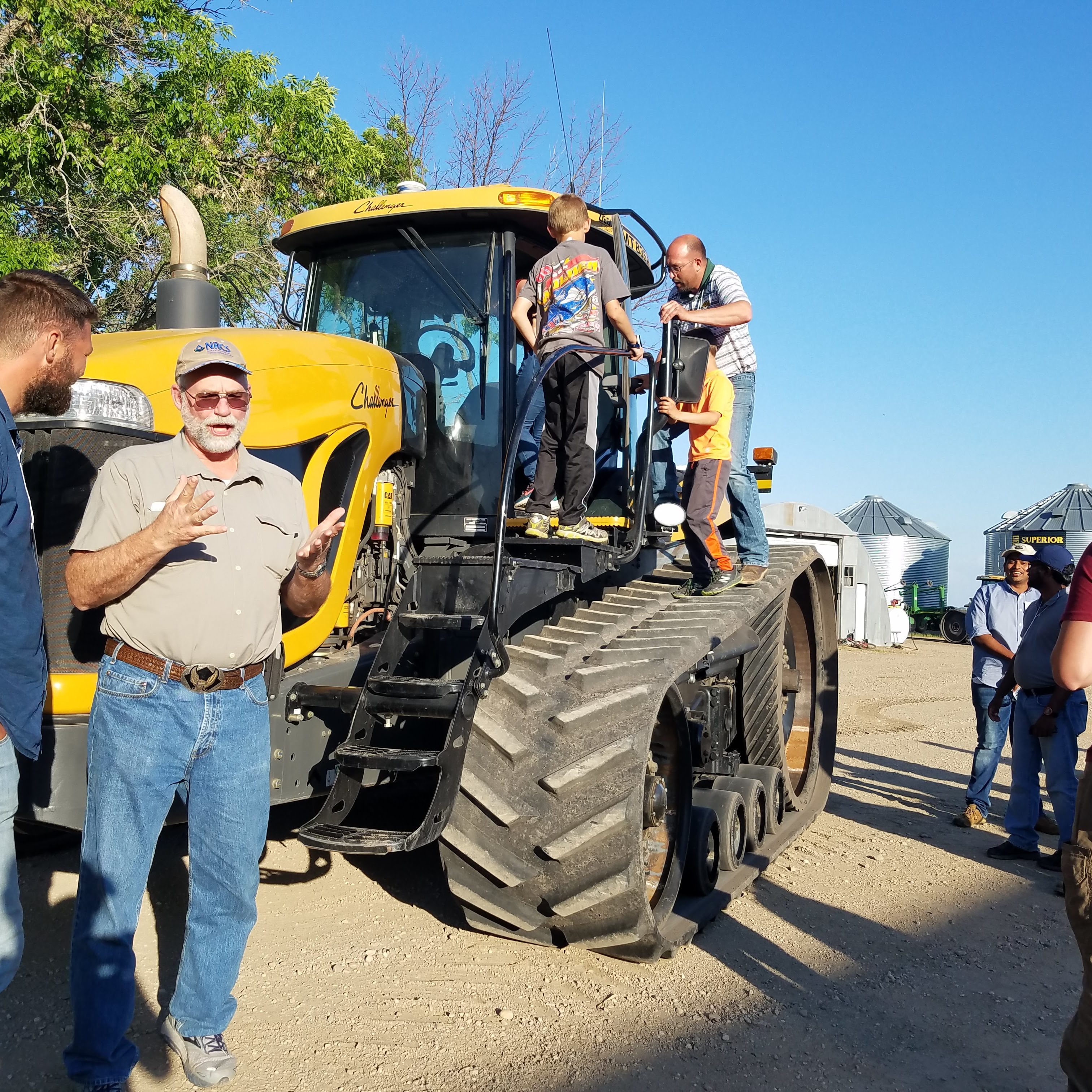
The Transforming Drainage project website, where products and outputs from the project are posted, saw 6,600 users interact with the site during 2018, averaging about 640 users per month.
Project team members were interviewed by multiple media sources regarding ongoing research and results. This resulted in articles in farm and trade journals (e.g. Drainage Contractor magazine, Iowa Soybean Association Advance newsletter), newspapers (e.g. Des Moines Register), and university press releases (Iowa State University).


The extension publication, "Questions and Answers about Drainage Water Recycling for the Midwest", was awarded an Educational Aid Blue Ribbon Award by the American Society of Agricultural and Biological Engineers. This extension publication is the first to address the need of providing a practical introduction to the practice with the intended outcome of increasing interest in and discussion about the practice, and to lead to increased incentives and adoption.

A total of 26 research presentations and 12 posters were presented by project team members at events including annual meetings of the American Society of Agricultural and Biological Engineers, Geological Society of America, Agricultural Drainage Management Systems Task Force, North Central Extension and Research Activity-217, American Society of Civil Engineers Environmental & Water Resources Institute, EPA nonpoint source workshops and the Gulf Coast of Mexico Hypoxia Task Force, and North Central Region Water Network, reaching nearly 700 colleagues. Efforts also included a variety of state-level events in Indiana, Iowa, Minnesota, Missouri, North Dakota, and South Dakota.
